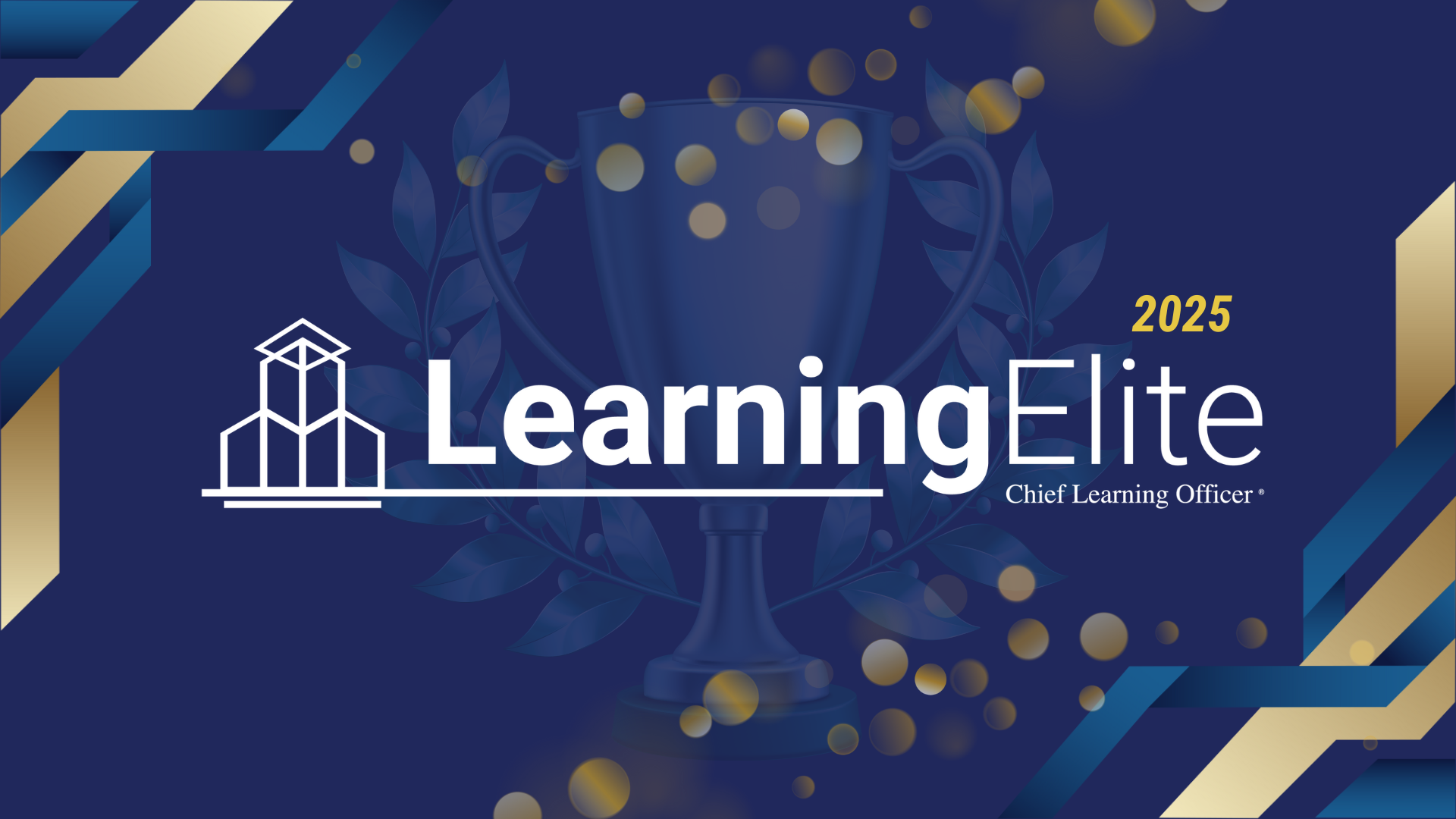Often, companies diagnose performance gaps, requiring training as the solution. Company ABC, for instance, may have five task teams operating inconsistently with respect to project management. While these teams were tightly aligned to the company’s overall business strategy, they were each operating in a vacuum with no commonality. A company might need to implement basic project management across all teams, striving to institutionalize common project management processes, methods and templates.
A firm, for example, may need a comprehensive training system, combining a variety of key elements — pre-training, post-training and an unusual step of training the company’s executives — for a well-rounded learning system. This hypothetical client was a consumer products company, but this methodology could work with any content — time management, sales, project management — for an organization in any industry.
But isolated training events, those that don’t take a “complete training approach,” produce less satisfying results — value to the business — than a more comprehensive, integrated approach, one that combines learning, leadership and change management competencies to produce documented, sustainable results and value.
A complete training system begins when leadership recognizes a problem, and a lack of skills as an obstacle to solving it. Follow these steps.
Step 1: Create an Impact Map for the Proposed Course or Curriculum.
The impact map is a proven method for identifying training needs, evaluating options and quickly prototyping innovative solutions. Its power lies in providing a clear line that visually links the content of the learning to management’s desired outcomes. Therefore, it is indispensable to the instructional designer and those tasked with delivering training.
If these courses are to produce valuable business results, they must produce lasting effects, including behavioral change. To ensure this learning works, it’s important to emphasize that learning drives performance, since it is performance and not just capability that contributes the most from training to impact.
In all, the impact map methodology leverages powerful principles and tools to achieve conversion of learning to capability, to performance, to results.
Step 2: Perform Instructional Design and Course Development; Redesign Work Process
Once the impact map is approved, the second step entails two simultaneous activities: performing instructional design and course development, and redesigning work process and tools that participants will use when applying their new skills.
Successful learning needs to be built simultaneously with the work processes and tools. This integration aims to provide students with an environment where transfer is easy and predictable.
Step 3: Prepare the Management Team
The third step involves preparing the management team to ensure successful learning transfer. Just as important, these sessions should train leaders on behaviors to avoid, which would inhibit transfer.
The session outcomes are:
• Provide the management team with an overview of what will be taught and any new process or tools that will be implemented.
• Train them on the executive behaviors they should employ (specific to what is being taught) to drive transfer and produce results.
• Explain which behaviors to avoid (that will inhibit transfer).
• Assign two post-session actions: hold a pre-course conversation with their students to prepare for training and meet with their employees post-program to review action plans and provide support.
Step 4: Run Learning Courses
The fourth step is running training classes, where participants gain new skills and knowledge on the new work processes and tools — what to do and how to use them.
One key component is to ensure that all students create an action plan (their personal transfer plan) of how they’ll apply what they’ve learned in the workplace. The system requires that students meet with their manager within a few weeks after course completion to review and finalize their plan. As part of this meeting, the manager refines the plan and may add it to his or her employee’s annual objectives.
Finally, the manager commits to providing support and resources for their employee to successfully implement their plan.
Step 5: Organizational Support, Transfer and Application
Step five in the complete training system is made up of three highly integrated parts:
Organizational Support — the actions and behaviors the management team uses to provide organizational support to their employees as they begin transferring skills from a class back into the workplace.
Transfer — the process when employees begin to implement plans of action, which lead to successful transfer of skills. This is encouraged and supported by their management team as they progress on the transfer continuum.
Application Support — the process of having expert post-program support provided by trainers or consultants to coach employees during the transfer process. The purpose of this segment is to provide a “helpline” to participants and leaders as they begin using the new skills, tools and processes, or working toward permanent installation of the skills.
To ensure skills are implemented quickly and correctly, coaches initiate at least two meetings with each student post-program.
Step 6: Implement Predictive Evaluation
Students and leaders may reach out to the coaches at any time for support. To measure that the system is working and the firm is realizing maximum organizational results and business impact, implement predictive evaluation (PE).
Here, training and development professionals — and the management team — predict results before training delivery. PE evaluates intention, adoption and impact against the forecast and implements corrective actions as needed when results fall below success gates. PE moves the measurement of training and development from a set of activity-based measures to value-driven continuous improvement efforts that ensure that training investments create their predicted value.
While many companies opt to implement one or two of these elements in their training efforts, the complete training system is a more robust, effective solution. The approach — which aims to integrate learning, leadership and change management competencies — may act as a recipe necessary for successful learning and adoption that will ensure business results and value.
Dave Basarab is a senior learning executive and the founder of Dave Basarab Consulting. He can be reached at editor@CLOmedia.com.

















